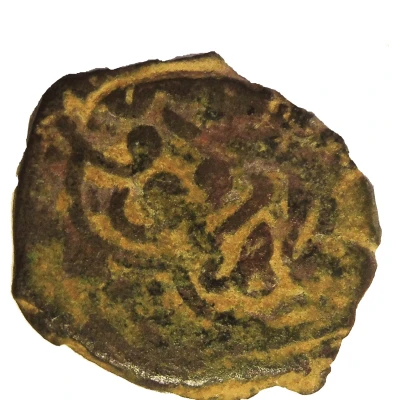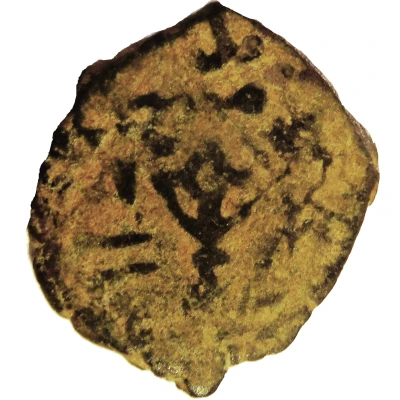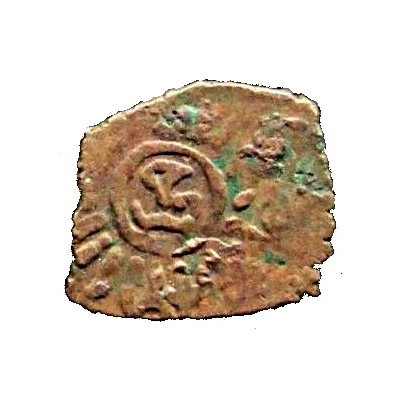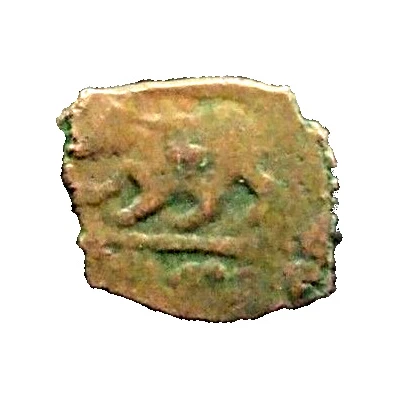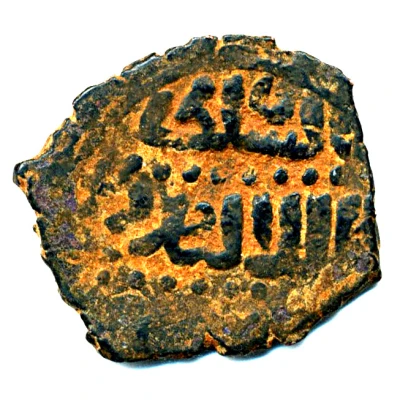
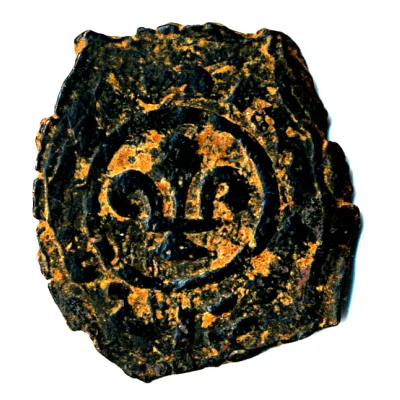

© escoins (CC BY-NC-SA)
Fals - al-Nasir Faraj Halab
| Copper | 3.6 g | 23 mm |
| Issuer | Mamluk Sultanate |
|---|---|
| Sultan | Faraj (1399-1405, 1406-1412) |
| Type | Standard circulation coin |
| Years | 801-814 (1399-1412) |
| Calendar | Islamic (Hijri) |
| Value | 1 Fals (1⁄60) |
| Currency | Dinar (1250-1517) |
| Composition | Copper |
| Weight | 3.6 g |
| Diameter | 23 mm |
| Shape | Round (irregular) |
| Technique | Hammered |
| Demonetized | Yes |
| Updated | 2024-10-05 |
| Numista | N#137516 |
|---|---|
| Rarity index | 100% |
Reverse
Clockwise marginal legend.
Inner circle; center: fleur-de-lis.
Lettering: تعرض للضرب في حلب في سنة ثمان مئة وثلاثة
Translation: He was beaten in Aleppo in the year eight hundred and three
Comment
First reign (1399-1405)Second reign (1405-1412)
Interesting fact
One interesting fact about the Fals coin is that it was issued during the reign of al-Nasir Faraj, who was the last Sultan of the Mamluk Sultanate, which was a powerful state that ruled over much of the Middle East and North Africa during the 13th to 16th centuries. Despite being the last Sultan, al-Nasir Faraj's reign was marked by significant political and economic reforms, including the introduction of new coinage systems, such as the Fals coin. This coin, made of copper and weighing 3.6 grams, was likely used for everyday transactions and reflects the economic and trade networks of the Mamluk Sultanate during that time.
